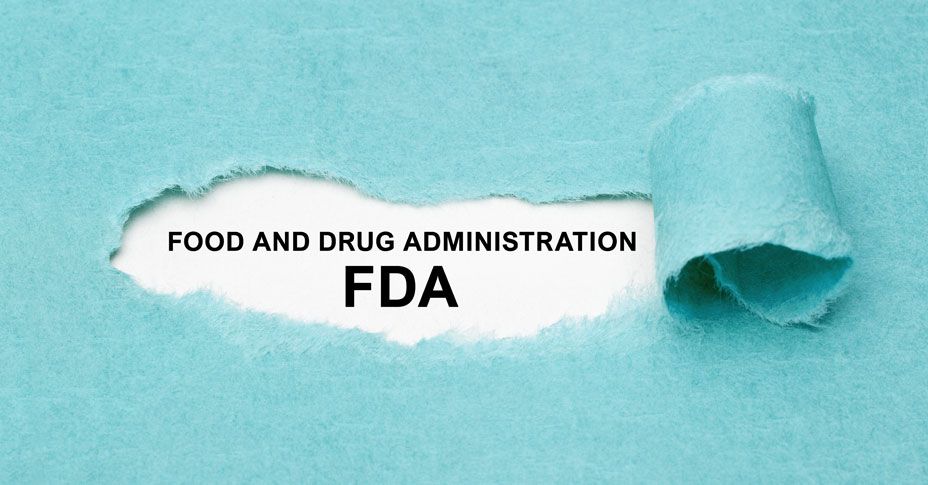Investigating Out-of- Specification (OOS) Test Results for Pharmaceutical Production Guidance for Industry
医薬品製造における規格外(OOS)試験結果の調査に関する業界向けガイダンス【第6回】

【第6回】医薬品製造における規格外(OOS)試験結果の調査に関する業界向けガイダンスの和訳。
V. CONCLUDING THE INVESTIGATION 調査の終了
To conclude the investigation, the results should be evaluated, the batch quality should be determined, and a release decision should be made by the QU. The relevant SOPs should be followed in arriving at this point. Once a batch has been rejected, there is no limit to further testing to determine the cause of the failure so that a corrective action can be taken.
調査を終了するには、結果が評価され、バッチの品質判定が行われ、QU による出荷判定が行われなければならない。関連のSOPに従った上で、この時点に到達すべきである。あるバッチが不合格となった場合、不良の原因を特定して是正措置を講じることができるようにするための追加試験の回数に制限はない。
A. Interpretation of Investigation Results 調査結果の解釈
The QU is responsible for interpreting the results of the investigation. An initial OOS result does not necessarily mean the subject batch fails and must be rejected. The OOS result should be investigated, and the findings of the investigation, including retest results, should be interpreted to evaluate the batch and reach a decision regarding release or rejection (§ 211.165).
QU には調査結果の解釈を行う責任がある。OOSの結果が出たからと言って、必ずしも対象バッチに欠陥があるとして、不合格としなければならないわけではない。そのOOS結果について調査を行うべきであり、そのバッチを評価し、出荷または不合格に関する決定を下すために、再試験結果を含む調査結果を解釈すべきである(§211.165)。
In those instances where an investigation has revealed a cause, and the suspect result is invalidated, the result should not be used to evaluate the quality of the batch or lot. Invalidation of a discrete test result may be done only upon the observation and documentation of a test event that can reasonably be determined to have caused the OOS result.
調査により原因が明らかになり、疑わしい結果が無効となった場合、その結果をバッチまたはロットの品質評価に使用するべきではない。個別の試験結果の無効化は、OOS結果を引き起こしたと合理的に判断できる試験事象が観察され、 文書化された場合にのみ行うことができる。
In those cases where the investigation indicates an OOS result is caused by a factor affecting the batch quality (i.e., an OOS result is confirmed), the result should be used in evaluating the quality of the batch or lot. A confirmed OOS result indicates that the batch does not meet established standards or specifications and should result in the batch's rejection, in accordance with § 211.165(f), and proper disposition. For inconclusive investigations — in cases where an investigation (1) does not reveal a cause for the OOS test result and (2) does not confirm the OOS result — the OOS result should be given full consideration in the batch or lot disposition decision.
調査の結果、OOS結果がバッチ品質に影響を与える要因によって引き起こされたことが示された場合 (すなわちOOS結果が確定した場合)、その結果をバッチやロットの品質を評価する際に使用すべきである。確定したOOS結果はバッチが確立された基準または規格に適合していないことを示すので、§211.165(f)に従ってバッチ不合格とし、適切な処分を行う必要がある。結論の出ない調査、つまり、調査を行っても(1)OOS試験結果の原因が明らかにならず、(2)OOS結果を確定できなかった場合、そのOOS結果はバッチまたはロットの処分決定において十分に考慮されるべきである。
In the first case (OOS confirmed), the investigation changes from an OOS investigation into a batch failure investigation, which must be extended to other batches or products that may have been associated with the specific failure (§ 211.192).
最初のケース(OOSが確定したケース)では、調査をOOS調査からバッチ不適合調査に切り替え、その不適合に関連する可能性のある他のバッチまたは製品に拡大しなければならない(§211.192)。
In the second case (inconclusive), the QU might still ultimately decide to release the batch. For example, a firm might consider release of the product under the following scenario:
2番目のケース(結論が出ないケース)でも、QUが最終的にそのバッチを出荷することを決定する場合がある。例えば、次のようなシナリオでは、企業は製品の出荷を検討するかもしれない。
A product has an acceptable composite assay range of 90.0 to 110.0 percent. The initial (OOS) assay result is 89.5 percent. Subsequent sample preparations from the original sample yield the following retest results: 99.0, 98.9, 99.0, 99.1, 98.8, 99.1, and 99.0 percent. A comprehensive laboratory investigation (Phase 1) fails to reveal any laboratory error. Review of events during production of the batch reveals no aberrations or indication of unusual process variation.17 Review of the manufacturing process and product history demonstrates that the process is robust. The seven passing retest results are all well within the known limits of variability of the method used. Batch results from in-process monitoring, content uniformity, dissolution, and other tests are consistent with the passing retest results. After a thorough investigation, a firm’s QU might conclude that the initial OOS result did not reflect the true quality of the batch.
ある製品の含量値の許容範囲は、90.0~110.0%である。含量の最初の(OOS)結果は89.5%である。その後、元の検体から調製して再試験した結果は、99.0%、98.9%、99.0%、99.1%、98.8%、99.1%、99.0%である。網羅的な試験室調査(フェーズ1調査)では、ラボエラーがあったかどうかが明らかにならなかった。バッチの製造では、異常や異常なプロセス変動の兆候は見られない17。製造プロセスと製品の履歴を確認すると、プロセスが堅牢であることがわかる。7回の再試験の合格結果はすべて適合でかつ既知のばらつきの範囲内に収まっている。工程内モニタリングの結果、および含有量均一性、溶出性などの試験によるバッチ結果は再試験の合格結果と一致していることを示している。徹底した調査の後、企業のQUは、最初の OOS の結果はバッチの真の品質を反映していなかったと結論づけるかもしれない。
It is noteworthy in this scenario that the original, thorough laboratory investigation failed to find any assignable cause. However, if subsequent investigation nonetheless concludes that the source of the OOS result was a cause unrelated to the manufacturing process, in response to this atypical failure to detect the laboratory deviation, it is essential that the investigation include appropriate follow-up and scrutiny to prevent recurrence of the laboratory error(s) that could have led to the OOS result.
このシナリオでは、最初の徹底的な試験室調査では、原因と考えられるものが発見されなかったことが注目される。しかしながら、その後の調査で、OOS結果の原因が製造工程とは無関係の要因であると結論づけられた場合は、試験室の逸脱を検出できなかったこの非典型的な事態に対処し、OOS結果につながった可能性のあるラボエラーの再発を防ぐため、調査に適切なフォローアップと精査を含めることが不可欠となる。
As the above example illustrates, any decision to release a batch, in spite of an initial OOS result that has not been invalidated, should come only after a full investigation has shown that the OOS result does not reflect the quality of the batch. In making such a decision, the QU should always err on the side of caution.
上記の例が示すように、最初のOOS結果が無効でないにもかかわらず、バッチを出荷するという決定は、OOS結果がバッチ品質を反映していないことが完全な調査で示された後にのみ行われるべきである。このような決定においては、QUは常に慎重すぎるほど慎重に対応すべきである。
17 As an example, evaluation of process variation would determine if established equipment, facility, and process control limits were met.
例として、工程のばらつきを評価することで、確立された設備、施設、および工程管理の限界値が満たされているかどうかを判断できる。
2ページ中 1ページ目












コメント
/
/
/
この記事へのコメントはありません。
コメント